Sawhorses for the Shop
These three sturdy horses will cover all of your shop needs.
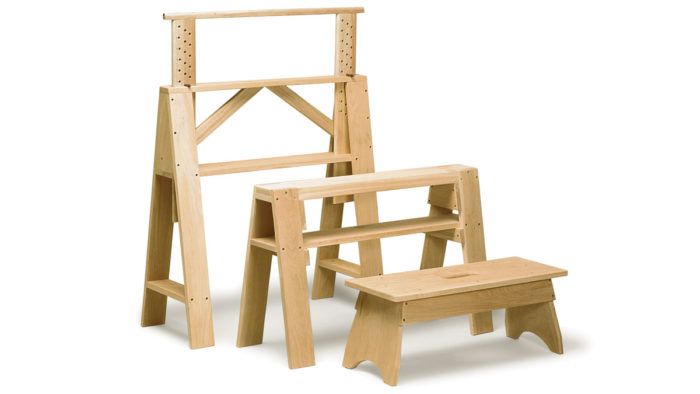
Synopsis: In Christian Becksvoort’s shop, sawhorses are indispensable for everything from planning to assembly. In this article, he provides detailed plans and instruction for building and using three sturdy sawhorses of different heights and construction. Each one is built with furniture-grade shop scraps that can handle rough treatment; however, his construction techniques are simple and efficient.
Sawhorses are an indispensable part of my shop equipment. No matter what the process or project, I reach for a horse to saw boards, to stand on, to lay out panels and joints, to hold parts and to elevate cabinets for sanding or planing. I also use sawhorses for drill-press work supports, assembly, finishing, outdoor power carving and routing, changing lightbulbs and even photography. I’ve constructed a pair each of three different heights: 1 ft., 2 ft. and 3 ft. The 3-ft. set includes height extenders for even more versatility.
Sawhorses are not fine furniture. I built these horses quick and dirty, to be useful but sturdy. The material is whatever I happened to have on hand at the time: pine, ash, oak, fir and even the ever-plentiful cherry scraps. For joinery I relied on butt joints held together with glue and screws. I spent a lot of time and effort on my toolbox (see FWW #153, pp. 84-89) and will do the same when I have to replace my aging workbench. But sawhorses are a different story. I give them the roughest treatment without a second thought. While studying and restoring Shaker pieces, I noticed that although most of their work reflects meticulous craftsmanship and graceful design, many of their tables, stands and cases intended for shop use are merely glued and nailed together. They had the same idea.

My shortest sawhorse is really a larger version of a footstool or a small bench. It’s about a foot tall and is assembled with screws. Because the top of this horse is relatively large, it has a handhold in the middle to make it easy to pick up the horse and move it with one hand.
Generally, I use the short horse for sawing long planks to rough length. If I’m cutting off just a couple of inches from the end of a long plank, a pair of these horses goes under the long section. If I’m cutting the plank near the middle, the sawcut is made between the horses to support the cutoff.
Most often I’ll use the short horses to bring a case piece up to a comfortable working height. For example, I’m over 6 ft. tall, so a 30-in.-tall cabinet that needs to be planed or sanded is in a much better working position for me with this horse placed underneath it. When edging wide panels or case backs, I set one end into my bench vise and support the other end on the short horse. My ancient Skil belt sander weighs close to 15 lbs., and I prefer to use it in the horizontal position. Consequently, when finish-sanding the top of a 5-ft.-tall cabinet, I stand on the short horse to make sanding easier.
 From Fine Woodworking #161
From Fine Woodworking #161
For the full article, download the PDF below:
Fine Woodworking Recommended Products
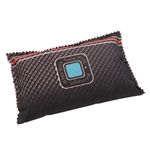
Woodriver Rechargeable Desiccant Bag
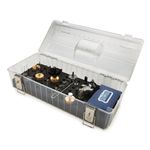
WoodRiver Router Bit Storage Case
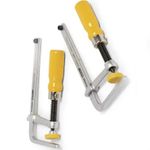
MicroJig Matchfit dovetail clamps

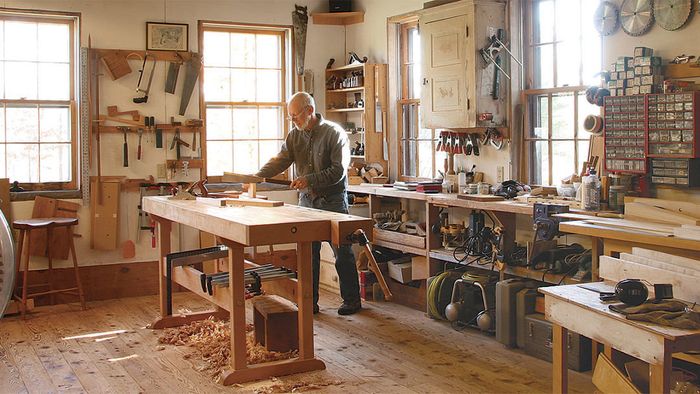







Log in or create an account to post a comment.
Sign up Log in